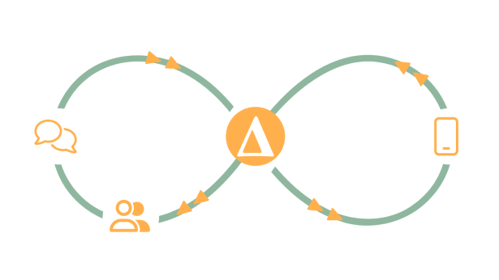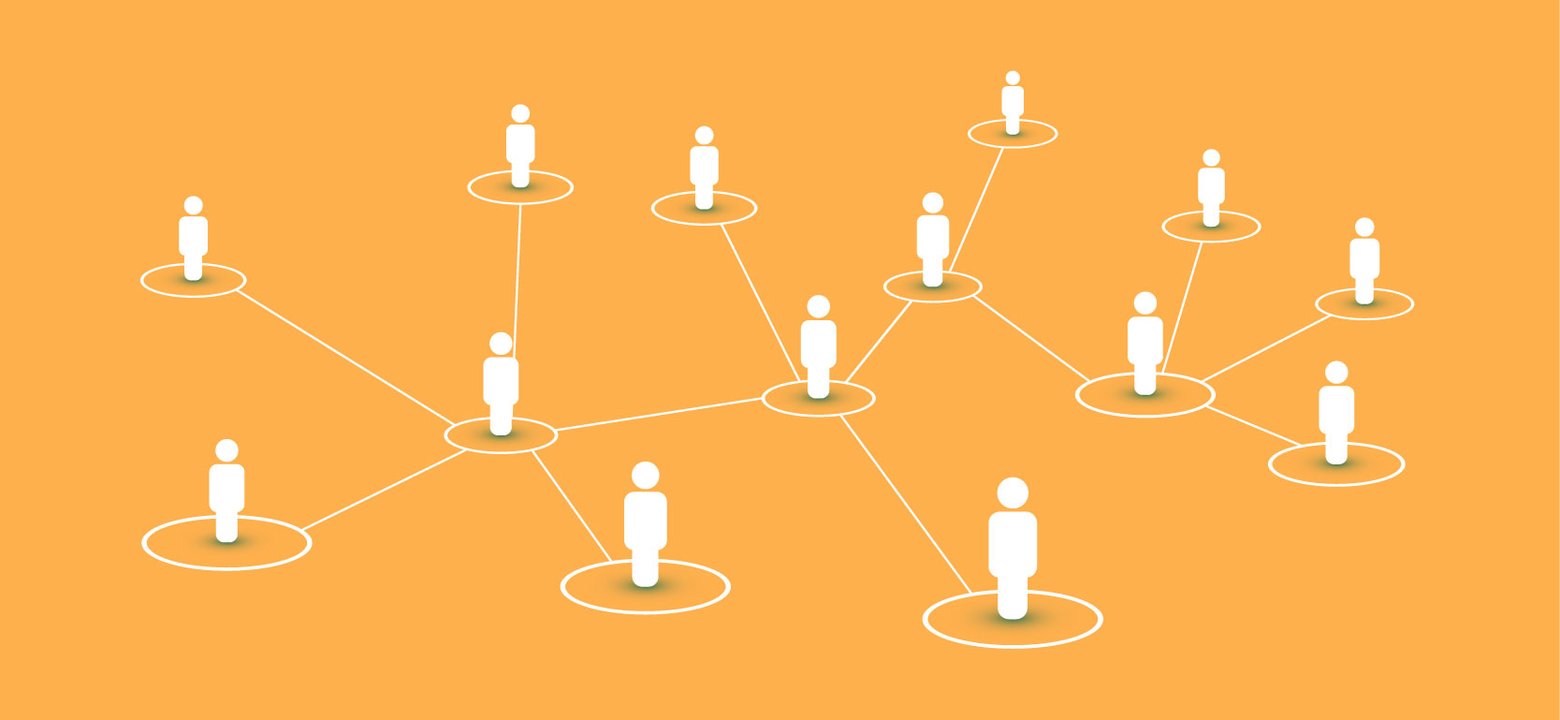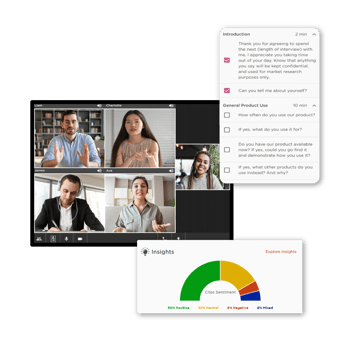Compared with other customer feedback channels such as social media monitoring or Voice of Customer surveys, insight communities uncover more detailed, nuanced perspectives on customer motivations and goals. Put another way, they provide the “why” behind the “what.” For example, a company might identify a potential problem with a problem or service via a broad customer survey, and then dig deeper with their insight community to understand the root cause and test potential solutions.
Many companies shift to an insight community strategy because they are dissatisfied with slow-moving, expensive third-party research strategies. With an insight community, you don’t have to wait weeks or pay to recruit a panel that fits a certain profile. You have a group of pre-vetted, opted-in research participants at the ready. You can engage them on an ongoing basis, without having to pay for each sample or each study.
Over time, your insight community becomes even more valuable because you’ll be able to go back to the same group of people for follow-up and measure change. Insight community members become deeply profiled research participants, allowing you to segment your research strategy based on demographic, psychographic, and behavioral profile attributes.
How are insight communities different from brand, social, and support communities?
The concept of “community” is gaining momentum. Many business functions rely on customer community strategies. For example:
- Support communities are useful for deflecting service and helpdesk requests
- User communities help users self-educate and increase product adoption
- Brand communities develop advocates and influencers
- Insider communities build loyalty and rewards programs
These types of communities are a good way to engage customers, but they only scratch the surface of the power of community. Here’s why: They’re mainly focused on transactional value, such as answering support questions or gaining a loyalty point for a purchase, not real relationships. Companies that focus only on these transactional communities are missing the opportunity to have a profound impact on their business by building long-term customer relationships.
Insight communities nurture deep, ongoing relationships with customers, not just transactions. They’re created and managed by a brand, versus public social media platforms that anyone can join (and where they might adopt any persona they choose). They’re safe spaces where customers feel free to share honest opinions, knowing your brand will listen and value their feedback. Because companies know who they’re interacting with, they can connect in meaningful ways to understand their customers’ needs and motivations.
How is insight community research different from traditional market research?
For many years, companies have relied on Voice of Customer surveys to gather feedback from consumers. However, in today’s uncertain and rapidly changing marketplace, that process doesn’t deliver the results brands need most, for several reasons.
Traditional survey data isn’t reliable because unknown participants and bots pollute data. Even with a targeted research sample, survey fatigue has led to insufficient engagement and low response rates. According to Forrester Research, 94% of brands rely on email surveys to gather
customer feedback, and only achieve 1-2% response rates. The typical survey process is very slow and can be expensive. Surveys often rely on third-party sample providers and vendors that can take months to develop a project, gather data, and analyze results. And each study drains your budget. What’s more, with a survey-based approach, you can only gather a limited amount of data. Moment-in-time snapshots of your customers don’t reflect evolving opinions and behaviors.


